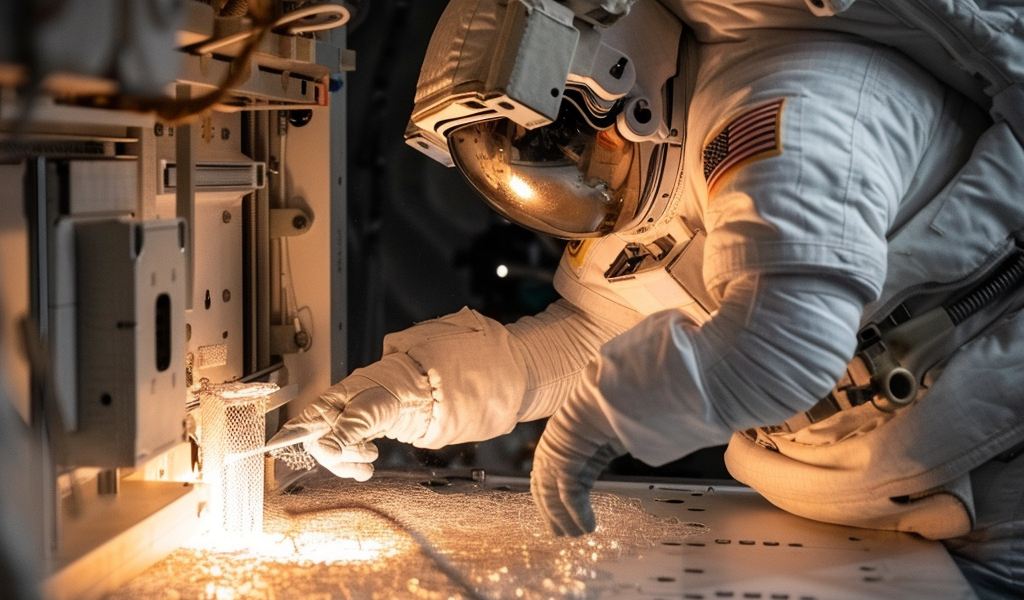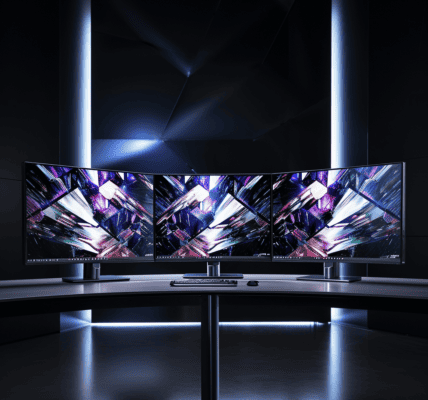Breaking news in the world of science and exploration – the very first metal 3D printing has successfully taken place on the International Space Station. This groundbreaking achievement marks a significant advancement in in-orbit manufacturing and opens up new possibilities for space technology.
The historic moment occurred last Thursday aboard ESA’s Columbus laboratory module, where an S-curve was deposited in liquefied stainless steel using a Metal 3D Printer. ESA technical officer Rob Postema described the milestone as the successful conclusion of the printer’s commissioning process, paving the way for future full-scale printing.
The Metal 3D Printer technology demonstrator, developed by an industrial team led by Airbus and co-funded by ESA, was installed on the ISS in January. The printer operates by feeding stainless-steel wire into a printing area heated by a high-power laser, allowing for precise metal deposition during the printing process.
One of the key advantages of this technology is its ability to operate autonomously from the ground, with onboard crew members only required to initiate the printing process by opening a valve. The printer operates within a sealed box for safety, ensuring that heat and fumes are contained.
Following the successful test print, four shapes have been selected for full-scale 3D printing, which will be later compared with reference prints made on Earth under normal gravity conditions. ESA materials engineer Advenit Makaya highlighted the importance of analyzing the printed parts to understand the effects of prolonged microgravity on metallic materials.
Looking ahead, ESA aims to establish a circular space economy by recycling materials in orbit, promoting sustainable resource utilization and enabling the repurposing of old satellite components into new technologies. This groundbreaking achievement on the ISS represents a significant step towards realizing this vision of sustainable space exploration.





